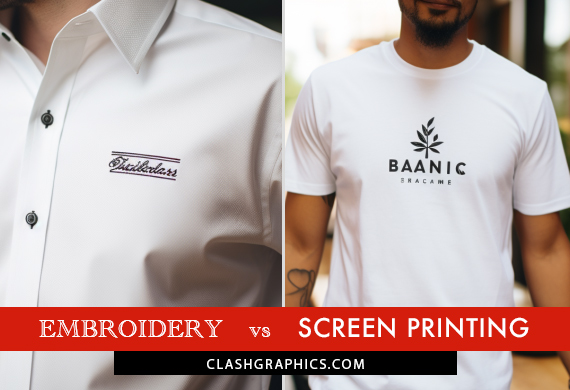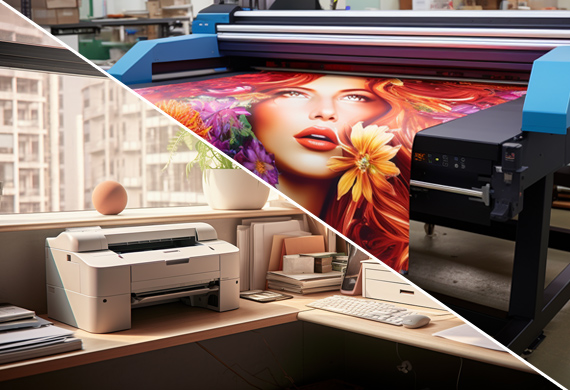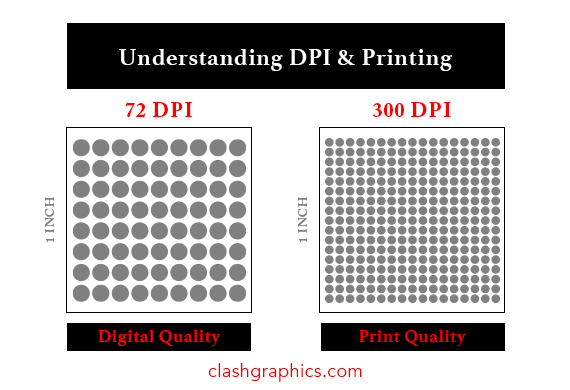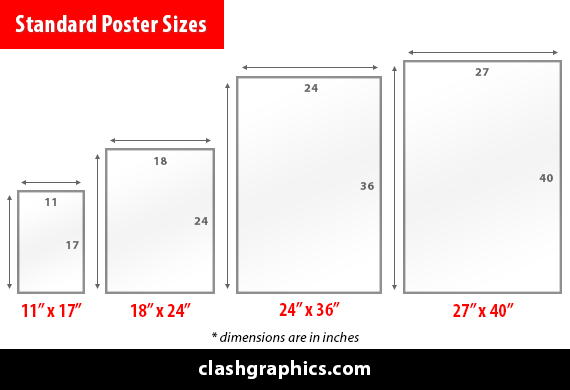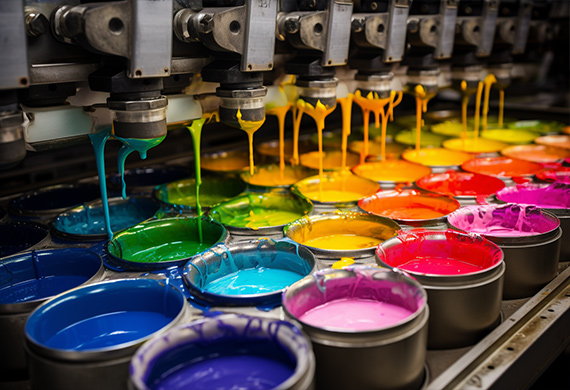Embroidery vs Screen Printing: Which is the Best Choice?
Posted by Clash Printing Atlanta on 27th Oct 2023
Customization has become essential to apparel and promotional items, allowing businesses and individuals to showcase their unique identities. Two popular methods for customization are embroidery and screen printing. In this clashgraphics.com blog post, we will dive deep into the world of these two techniques, comparing their advantages, limitations, costs, and more, helping you make an informed decision for your next customization project - Embroidery vs Screen Printing.
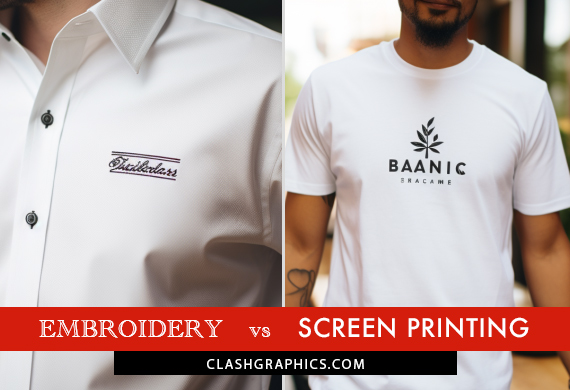
Key Takeaways
- Embroidery and screen printing are popular methods for customizing apparel, each having advantages and limitations.
- Cost comparison depends on factors such as design complexity, garment type, and order quantity. Embroidery is typically more durable than screen printing, but screen printing suits large and more dynamic graphics for a lesser upfront cost.
- Selecting the right method based on your garment type yields the best results, while working with reputable companies ensures high-quality finished apparel.
Understanding Embroidery
Embroidery, a stitching technique, uses embroidery machines to embellish high-quality embroidered garments like polo shirts, jackets, and caps with logos and small designs. The embroidery process can be done manually or with the assistance of multi-head industrial machines operated by experienced personnel to create a company logo.
Fabric materials such as clothing, tablecloths, and fleece blankets can be elegantly embellished using embroidery. This method gives a more sophisticated and refined appearance, making the embroidered design stand out.
Advantages of Embroidery
When choosing between screen printing or embroidery, embroidery provides a durable, professional aesthetic that remains vibrant even after washing. This method is well-suited for sports apparel, such as:
- polo shirts
- t-shirts
- hoodies
- caps
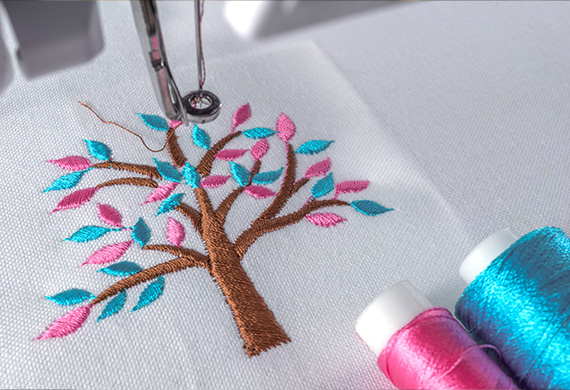
Which often feature small logos. Thanks to its long-lasting nature, embroidery ensures the vibrancy of your design remains intact even after numerous wash cycles.
Embroidering low-quality garments may result in shrinkage, which is a risk also associated with silk screening. However, embroidery can be ordered in both small and large quantities, making it a versatile option for various customization needs.
Limitations of Embroidery
One of the drawbacks of embroidery compared to screen print is that it requires thicker garments and is only suitable for smaller designs. When comparing screen printing vs. embroidery for larger designs, embroidery is not well-suited due to its process of sewing the design onto the fabric.
The size of the embroidery hoop constrains the design's size and might hinder the ability to adorn both the front and back of a garment with embroidery. Additionally, embroidery is advantageous for simple logo design without texture, images, or gradients, as sewing cannot effectively replicate those details.
Understanding Screen Printing
Screen printing, a technique that transfers ink through mesh screens onto garments, is frequently compared to embroidery as a customization method. The process involves squeezing ink through mesh screens onto garments, with a separate mesh screen necessary for each color present in the logo. Screen printing can be utilized to customize a range of materials, such as:
- fabric
- plastic
- wood
- metal
- glass
- ceramic
This makes it a versatile alternative to embroidery.
While it is possible to construct a screen printing press, results may vary, and professional expertise is typically recommended to ensure the best quality outcomes.
Advantages of Screen Printing
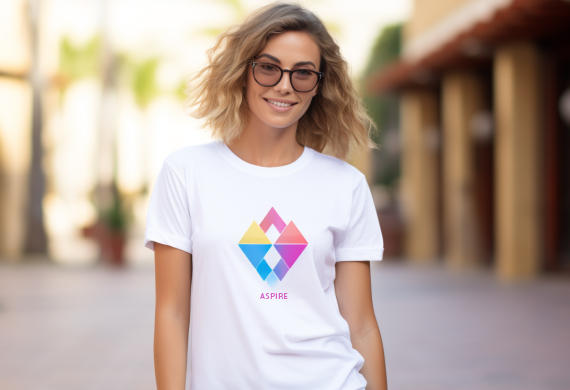
Screen printing is generally more economical and can accommodate larger, more intricate designs. T-shirt print designs can be larger, brighter, and more complicated, making it an ideal choice for creating eye-catching apparel. Screen printing and sublimation printing typically costs less than embroidery, making it a more cost-effective option for customization.
Factors such as mesh count and ink type dictate the level of detail achievable through screen printing. With densely woven screens and a mesh count of 305 or higher, four-color process screen printing can achieve high-quality, detailed designs. However, it is important to remember that fading or cracking may occur with certain types of prints.
Limitations of Screen Printing
Due to the inks used, screen printing designs may fade over time. As a result, screen-printed designs typically have a shorter lifespan than embroidery, making them less durable in the long run. Despite the lower upfront cost of screen-printed apparel, considering how long they last, they can end up costing more over time.
Maintaining the appearance of printed designs demands proper care, as screen printing presents its own challenges. Printed garments should be washed inside out and hung up to air dry to minimize fading and cracking.
Comparing Costs: Embroidery vs Screen Printing
When comparing the cost of embroidery and screen printing, the design complexity, garment type, and order quantity are all considered. Embroidery typically has a fixed cost, regardless of the number of colors in the design. In contrast, screen printing costs depend on the number of colors, as each additional color requires a new mesh screen.
The set-up cost for most embroidered logos is a flat fee, and the number of colors in the logo does not affect the fee. In contrast, the initial costs associated with screen printing include the cost of a separate screen for each color in the design and a separate screen for an under base if needed. These charges only apply to the first order.
Durability Comparison: Embroidery vs Screen Printing
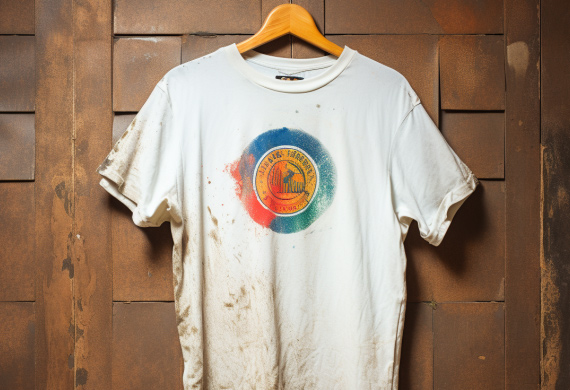
Embroidery is typically more durable than screen printing, as it is less prone to fading and cracking. The durability of embroidery can be impacted by factors such as the usage of robust polyester threads, the thread's tension, and the thread's caliber. On the other hand, screen printing may not be as durable as the design may become cracked or faded over time.
Proper care is essential to maintain the appearance of both embroidery and screen printing. Here are some tips:
- For embroidered clothes, take care to avoid snagging and pulling of the thread.
- For screen-printed garments, wash them inside out to minimize fading and cracking.
- Hang up the garments to air dry instead of using a dryer.
By following these care instructions, you can ensure that your embroidered and screen-printed items stay in good condition for longer.
Selecting the Right Method for Your Garment Type
Selecting the method that best suits your garment type is important to achieve the best results. Embroidery is a great way to personalize a range of promotional items. This includes:
- Knit polos
- Performance golf shirts
- Polar fleece
- Ball caps
- Knit & fleece caps
- Outerwear
- Uniform shirts
This method is generally preferred for business shirts, polo shirts, and other garments due to its professional appearance and durability.
Screen printing is a preferred option for lighter garments with a screen-printed design like:
- Cotton tees
- Performance tees
- Hoodies & Sweatshirts
- Canvas tote bags
The more pleasant feel of screen printing on t-shirts and lightweight garments makes it an ideal choice for larger logos and designs.
Customization Options: Colors and Design Complexity
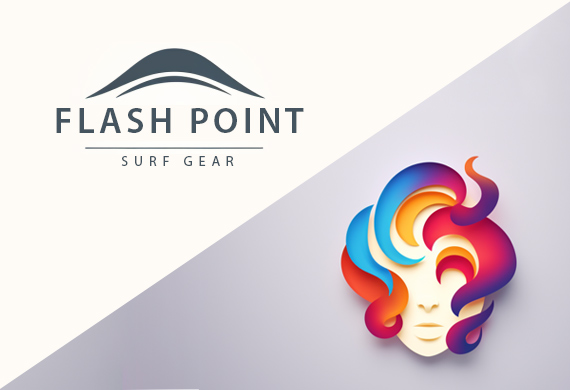
With its limited color options and design complexity, embroidery is better for simple logo designs devoid of texture, images, or gradients. Some sources suggest a maximum of 6 thread colors per embroidery design, while others suggest that there is no limit to the number of colors. However, larger sizes may be required for more complex designs, and the cost may be higher compared to other printing methods.
On the other hand, screen printing accommodates more intricate designs and a broader range of color options. It can accommodate complex tonal illustrations, raster images, and photographs, with specialized techniques employed to achieve full-color and detailed designs. However, screen printing is generally more suitable for large, simple designs that do not require intricate detail.
Production Time: Embroidery vs Screen Printing
The production time for both embroidery and screen printing processes fluctuates depending on elements like the order size and design complexity. However, both processes can offer speedy turnaround times.
The embroidery production process typically includes the following:
- Digitizing
- Hooping
- Stabilizing
- Design Placement
- Machine Embroidery
- Inspection
- Finishing
Orders are usually shipped within a week.
The production process for screen printing consists of the following steps:
- Design creation
- Screen Preparation
- Exposure
- Washing off
- Printing
- Drying
Factors like order size and design complexity influence the production time for both embroidery and screen printing.
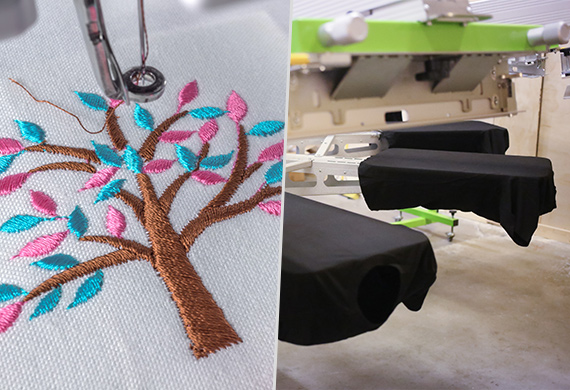
Working with a Reputable Company
Working with a reputable company guarantees optimal results for your chosen customization method, whether embroidery or screen printing. Indicators of a reputable embroidery and screen printing company include:
- Positive customer reviews
- High-quality finished products
- Timely delivery
- A broad selection of customization options
- Knowledgeable customer service
- Utilization of superior materials and equipment
- An established reputation
- Transparent pricing
Collaborating with a reputable company guarantees an accurate representation of your logo or design on your chosen garment, offering peace of mind and a professional, enduring result.
Summary
In conclusion, both embroidery and screen printing offer unique advantages and limitations when it comes to customizing apparel and promotional items. Embroidery is known for its durability and professional appearance, while screen printing allows for more intricate designs and color options. Considering factors such as garment type, design complexity, and cost will help you make the right decision for your next customization project. Working with a reputable company ensures the best results, allowing you to showcase your unique identity confidently.
Frequently Asked Questions
Is screen print or embroidery better?
Embroidery is the best choice for garments such as polo shirts, caps, and jackets, while screen printing is the better option for T-shirts, hoodies, and large logos. T-shirts can be embroidered if the design isn't too large. For larger back designs on lightweight fabrics, screen printing is recommended.
Is screen printing cheaper than embroidery?
Screen printing is generally cheaper than embroidery, especially for larger projects. As thread count determines the cost of embroidering, it can become expensive for logos with many details.
What's the difference between embroidery and screen print?
Embroidery uses a needle and thread, creating an eye-catching effect for smaller logos, while screen printing is achieved through a silkscreen and ink transfer onto a garment.
Can screen printing be used on materials other than fabric?
Yes, screen printing can be used on materials other than fabric, such as plastic, wood, metal, glass, and ceramic.
How many colors can be used in an embroidery design?
An embroidery design can contain up to 6 colors, though the limit may be higher depending on the design and machine used.
Clash Graphics Print Shop Atlanta Flyer Printing
2233 Peachtree Rd NE Ste 202 Atlanta, GA 30309
(678) 235-3464

